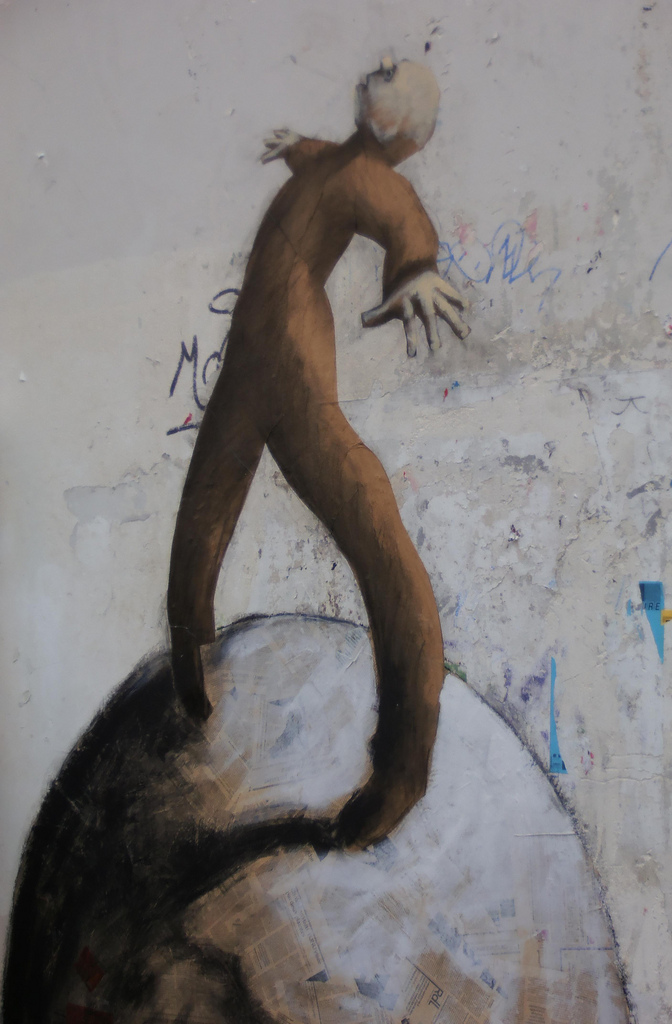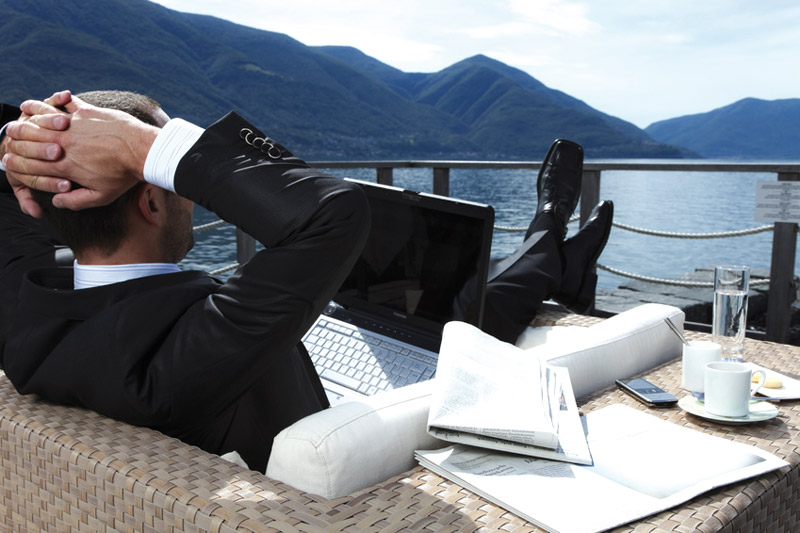By Sophie Audubert-Todorovic & François Kaisin
At the time of the intervention of Morena Coaching International in Miami on September 11th, 2013 for six European commerce Chambers in Florida, the integration of society accelerated changes within the companies of tomorrow had underlined the “necessary creativity and adaptive culture of the companies as a key factor of growth”, evoking the “plasticity of an organization coherent with its medium”. It then seemed to us interesting to think thoroughly of this concept of plasticity. What could support it? How to allow the company the necessary conditions of the creativity and of the collective intelligence? The concept of homeostasis, used in biology as well as coaching, seemed to us an interesting path to follow.
What do we understand by homeostasis?
 The homeostasis which, for some, evokes what is “similar”, or “stability, an action to hold oneself upright”, is the capacity which any system can have to preserve its balance of operation in spite of its environment. This definition initially applied in biology, to show the capacity of a cell to take again its balance after the intrusion of exogenic and endogenous factors, including in a mechanism of survival. It is thus this dynamic balance which maintains us alive, by associating the physicochemical parameters of the organization which are harmonized to remain relatively constant (ex: glycemia, temperature, acidity, rate of salt in blood, respiratory heart rate and, blood-pressure, blood circulation, etc). We also know that this balance can be durably disturbed under the influence of a chronic stress and thus involve consequences of various levels on physical and mental health. Besides, the progress recorded in neurosciences comes to supplement in a fine way the chemical mechanisms of our emotions and our thoughts.
The homeostasis which, for some, evokes what is “similar”, or “stability, an action to hold oneself upright”, is the capacity which any system can have to preserve its balance of operation in spite of its environment. This definition initially applied in biology, to show the capacity of a cell to take again its balance after the intrusion of exogenic and endogenous factors, including in a mechanism of survival. It is thus this dynamic balance which maintains us alive, by associating the physicochemical parameters of the organization which are harmonized to remain relatively constant (ex: glycemia, temperature, acidity, rate of salt in blood, respiratory heart rate and, blood-pressure, blood circulation, etc). We also know that this balance can be durably disturbed under the influence of a chronic stress and thus involve consequences of various levels on physical and mental health. Besides, the progress recorded in neurosciences comes to supplement in a fine way the chemical mechanisms of our emotions and our thoughts.
How do we transpose this within business?
When the organizations transpose this concept of balance relating to the change (this last can be comparable with the intrusion of various factors, and admitting their necessary obligation of survival in a highly technological and unforeseeable world), they wonder legitimately today about the  manner of accompanying their collaborators in this context of “disturbance of homeostasis of the individuals and of systems”. Debates, conferences, publications, launching of books, events, success recipes… the offer is vast and altogether legitimate, making it possible for the companies to pick in a range of solutions according to their expectations, cultures, needs or recommendations of good practices.
manner of accompanying their collaborators in this context of “disturbance of homeostasis of the individuals and of systems”. Debates, conferences, publications, launching of books, events, success recipes… the offer is vast and altogether legitimate, making it possible for the companies to pick in a range of solutions according to their expectations, cultures, needs or recommendations of good practices.
In our practices of accompaniment of people and teams, as well as in the conduct of the change, we are confronted to what it is common to call “resistances”: we regard some of them as “positive”, for example when they make it possible to the individual to progress by stages in a process implying a certain renunciation, or a progressive access to autonomy. But these resistances are generally perceived in companies as “negative”, because they “prevent” the change so much desired. Thus a good amount of leaders and managers, confronted with refusals or difficulties of project management- resistances taking varied and more or less expressed forms- seek solutions “to manage these very resistances”. There still, each one tries his/her luck with various recipes and experiments, and suggests either confrontation with reality (this reality being possibly subjective), speeches of encouragements, internal actions of communication, shared vision…
An invisible authority relation shows through between the ones « in favor of the changes” and the “opponents”, and as you may have understood, people are better off in the first category than in the second. In certain training seminars for the conducting change, percentages are presented to define these behaviors regarding change. They often come to stress that the leading elements are a minority, that the mass is partisan of the wait and see policy, and that some are irreducible. There still, that can appear level-headed, and the persons in charge are incited to preserve the motivation of the promoters of the change, to convince the wait and see ones to follow them, to even end up sanctioning the irreducible ones.
Our «homeostasic time»
It is by reconsidering the concept of homeostasis wich one however understands that it is not a resistance phenomenon but a good, salutary, or transitory one wich is essential to go towards a new balance. We do not behave “facing” change but “being in” it. We are an “aggregate of cells”, certainly sophisticated and endowed with human intelligence, but we all are programmed to adapt ourselves to change. Hence, for this reason, we also all need a moment of adaptation of which the duration is individual, and which it is initially advisable to accept, to live, to acknowledge, to be able to go forward. Aiming at maintaining our dynamic balance, we wish for a “homeostasic time” to control our various exchanges, be they with respect to the contents of work, its environment, the interpersonal relationships or the comprehension of the organization and its project. We can even imagine a homeostasis of the risk, where staff members concerned by this situation will compare their perception of the risk with a degree of risk which they will consider acceptable, according to their values, their organizational culture, their vision, their strategy. Overall, we can extend this notion to the science of systems going from the population of the ecosystems, to the systemic process of coaching, as well as through sociology or politics.
 So what is there to do ?
So what is there to do ?
We do not wish to propose a book of good recipes or steps to be followed, because we all need a different time to stand upright again- promoters undoubtedly going more quickly than the others, But among each team, service, department, business unit, we could legitimately question on the capacity of the organizations, and the teams which compose them, to give time to each one. A time to indulge in our understanding of our fears, in imposing silence around ourselves to hear what comes to disturb our balance, to accept our legitimate or supposed fears, to recognize these endogenous and exogenic factors and to accept that they threaten us. That would then enable us to better take them into account and to see which solution to adopt, by creating times of shared homeostasis, speaking and listening times, by trusting our emotions and our intelligence to find our way in this change.
To make it possible for the companies of tomorrow to more freely evolve and in plasticitywith its environment, to support the creativity and the collective intelligence, it is possible to change paradigm: by the attitude and the will of the leaders and managers, it seems important to show that it is possible to be connected differently to the others, on the workplace and outside, with genuine benevolence to become again human in a real spirit of accompaniment. Let us dare to return to the original meaning of the verb to lead (con-ducere, to carry out together) to approach changes.



